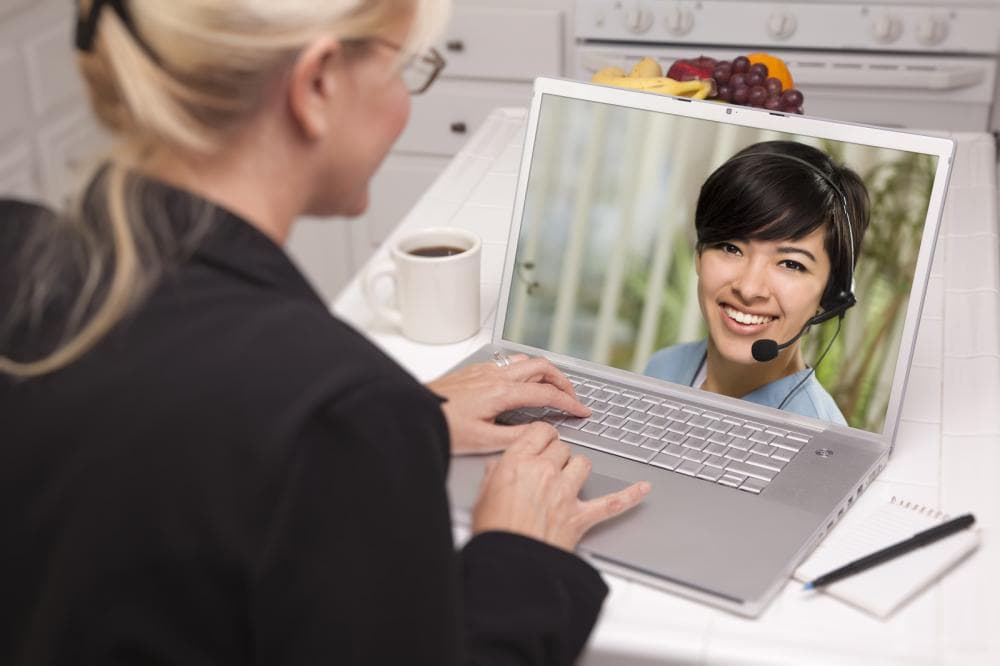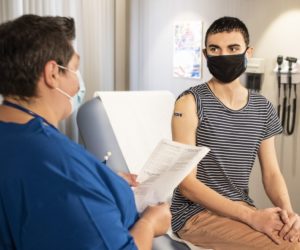According to a recent survey of rural farming and ranch families, nearly 45% of rural families say they have been affected by opioid addiction. When it comes to farmworkers that number goes up to 75%. Farmers agree that people can quickly get ahold of opioids, but treatment options are few and far between. There is a lot of frustration and grief in these rural communities—few people know where to turn for themselves or a loved one, and not all of them even have access to insurance that would help them get access to treatment programs.
Created and funded by the American Farm Bureau Federation and National Farmers Union, the October 2017 poll also helped resolve some of the problems people have had when seeking help for loved ones. The answers and skepticism from the local communities have helped create a broader conversation on the importance of decreasing the stigma of addiction in farming communities.
People need to get help when they ask for it. So many levels of government and social organizations need to develop resources that help fight substance abuse disorders. The groups want to offer hope to farming and rancher families facing these obstacles and finding solutions.
Today, people living in rural areas are four times more likely to die from overdoses than they were in 1999.
Attracting treatment professionals to rural areas is hard. It seems as if there has always been a shortage of drug treatment providers since the 1990’s, as the opioid crisis slowly crept into motion. The bottom line is there’s little local help available for people with a drug or alcohol program, which is why some people turn to telemedicine as an option.
The Use of Telemedicine as Addiction Treatment in Rural Areas
Because of the shortage of treatment providers available in such communities, alternative options such as Telemedicine as an option for people with Medicare, Medicaid, insurance or even self-pay.
Telemedicine is typically group or personal therapy via webcam a few times a week. For some older adults, it may feel inauthentic to do such intimate work in such a high-tech way. For younger adults, especially Millenials, telemedicine isn’t a “big deal” and can be a way to save time and money. Most importantly, those who feel shame or stigma, or suffer from the type of anxiety that makes travel difficult, telemedicine can help them get through some tough times.
With Telemedicine, a person with an opioid use disorder may have issues if they have never met their doctor in person. You cannot get medication-assisted treatment if you have never seen your doctor in person. There are, however, exceptions to this law that can help telemedicine thrive. Telemedicine does not offer enough resources for those who are dually diagnosed or suffering from severe crises. People with these issues need therapists and structured programs that are more hands-on and deserve a chance to make their recovery work in its way.
All in all, telemedicine may fill a significant gap for some patients in rural locations, but there still needs to be advocacy for treatment and healthcare for those who are dual-diagnosed or just feel more comfortable in an inpatient or similarly structured setting.




